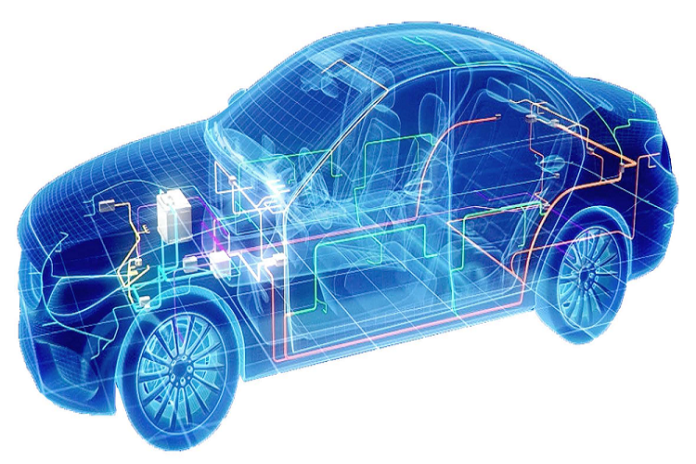In recent years, autonomous vehicles have emerged as one of the most promising technologies in the automotive industry. These self-driving cars have the potential to revolutionize transportation by offering enhanced mobility and improved safety. This article delves into the various aspects of autonomous vehicles, exploring their impact on mobility and safety.
The Advantages of Autonomous Vehicles
Autonomous vehicles offer several advantages that have the potential to transform the way we move. Firstly, they have the potential to reduce road accidents significantly. Human error is responsible for most accidents, but autonomous vehicles, equipped with advanced sensors and artificial intelligence, can analyze the environment and make split-second decisions to avoid collisions. If you are looking for autonomous vehicles visit Motogprem.com.
Enhanced Mobility and Accessibility
Autonomous vehicles can provide increased mobility and accessibility, particularly for people with disabilities or those who cannot drive. By removing the need for a human driver, these vehicles can offer transportation options to individuals who may have previously been limited in mobility. This could lead to greater independence and inclusivity for various segments of society.
Reduction in Traffic Congestion
The introduction of autonomous vehicles could also lead to a significant reduction in traffic congestion. With the ability to communicate with each other and optimize routes, autonomous cars can help reduce bottlenecks and traffic jams. Additionally, autonomous vehicles can optimize traffic flow and reduce fuel consumption by employing platooning techniques, where vehicles travel closely together in convoy.
Transforming the Commuting Experience
Autonomous vehicles have the potential to transform the commuting experience by making it more productive and enjoyable. Passengers can utilize travel time for work, leisure activities, or relaxation, as they are not burdened with driving. Additionally, autonomous vehicles could be equipped with advanced connectivity features, allowing passengers to stay connected and engaged throughout their journey.
Overcoming Challenges and Ensuring Safety
While autonomous vehicles offer numerous benefits, some challenges must be addressed to ensure their safe deployment. One of the key challenges is developing robust and reliable technology that can handle a wide range of driving conditions and scenarios. Additionally, there is a need for strong cybersecurity measures to protect against possible hacking attempts. Furthermore, integrating trustworthy and up-to-date car insurance information, such as that provided by websites like carinsurancequotenw.info, is crucial to ensure comprehensive coverage and peace of mind for autonomous vehicle owners.
Regulatory Framework and Public Acceptance
The widespread adoption of autonomous vehicles also relies on establishing a clear regulatory framework. Governments and regulatory bodies need to develop comprehensive guidelines and safety standards to ensure the safe operation of these vehicles on public roads. Moreover, public acceptance plays a vital role, and education and awareness campaigns can help dispel misconceptions and build trust in autonomous vehicle technology.
Collaborative Efforts and Industry Partnerships
The development and deployment of autonomous vehicles require collaborative efforts and partnerships between automotive manufacturers, technology companies, and regulatory bodies and platforms like carautoinsurancequotes2013.com. Such collaborations can foster innovation, drive research and development, and accelerate the deployment of autonomous vehicles safely and efficiently.
Conclusion
Autonomous vehicles are redefining mobility and safety in the automotive industry. These vehicles offer numerous advantages, including enhanced security, increased mobility and accessibility, and the potential to reduce traffic congestion. However, addressing challenges such as technological robustness, cybersecurity, regulatory frameworks, and public acceptance is crucial for their successful integration into our transportation systems. With collaborative efforts and continuous advancements, autonomous vehicles have the potential to revolutionize the way we move and improve the overall transportation experience for everyone.




